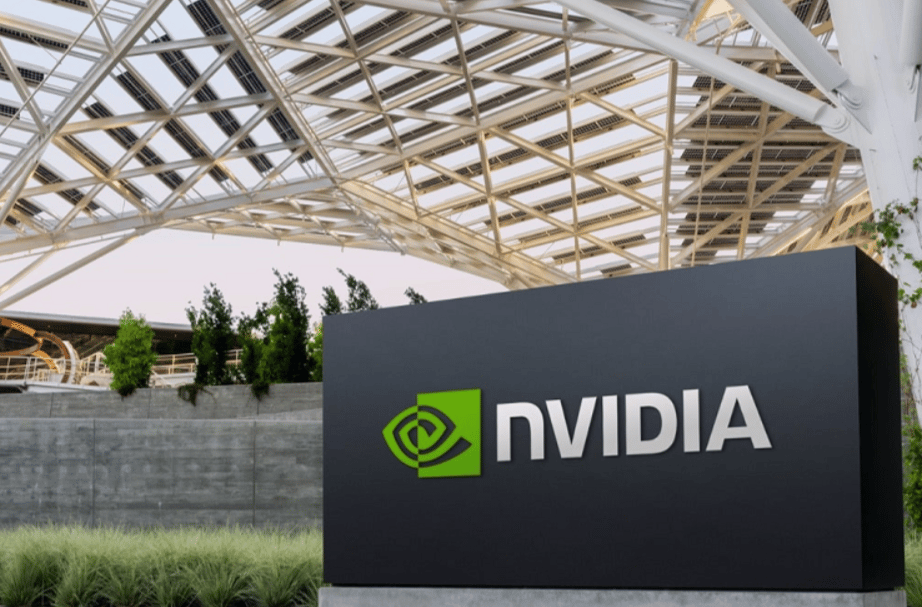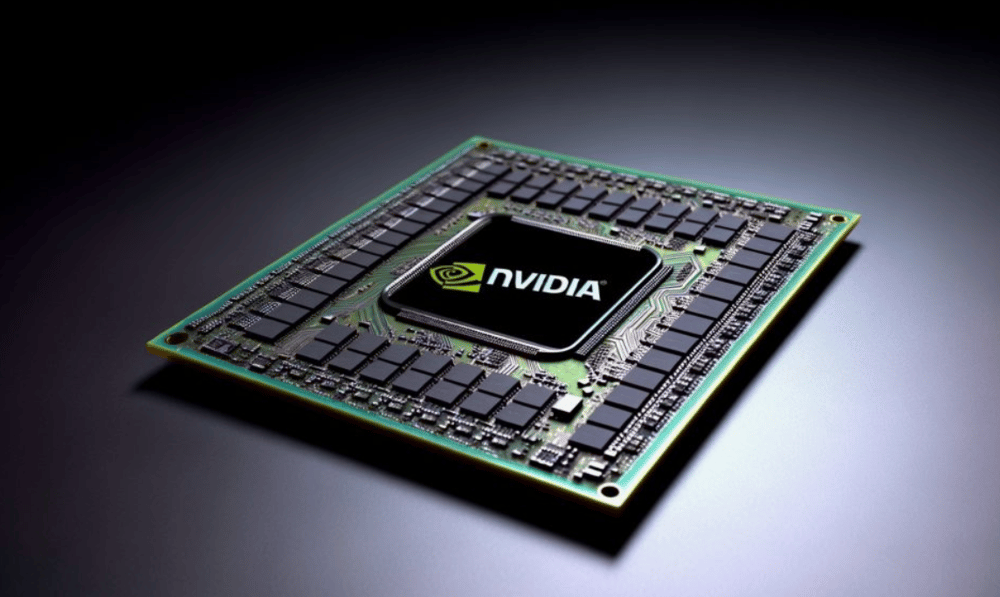
Nvidia Corporation $NVDA, the dominant force in global AI chip development, is adjusting its strategy in China by introducing a new line of graphics processing units (GPUs) tailored for the Chinese market. This move comes in response to U.S. export controls that limited the availability of Nvidia’s high-performance H20 chips in the region.
According to sources familiar with the matter, the upcoming chips—based on the latest Blackwell architecture—will be priced between $6,500 and $8,000 per unit, significantly lower than the $10,000–$12,000 price point of the now-restricted H20 model. Mass production is expected to begin as early as June.
Nvidia’s response to ongoing U.S.-China tech tensions is both tactical and forward-looking. The new chips are designed to comply with export regulations while remaining competitive in performance and cost. By offering AI accelerators at a reduced price point, Nvidia aims to preserve its market share in China—a crucial region for data center expansion and AI deployment—without violating regulatory constraints.
This pricing strategy reflects not only compliance but also competitive pressure. Domestic Chinese players like Huawei are gaining ground in AI hardware, and U.S. sanctions have forced Chinese cloud providers and AI firms to seek viable alternatives. Nvidia’s new offering could stabilize its foothold in a market that remains highly sensitive to price and performance.
The introduction of the Blackwell-based GPU variant for China also underlines Nvidia’s modular approach: customizing chip capabilities to meet geopolitical requirements while leveraging a common architecture to maintain R&D efficiency across regions.

New GPU Architecture: Nvidia Blackwell
Target Market: Chinese AI developers and cloud firms
Expected Price: $6,500 to $8,000 per unit
Comparison Model: H20 chip (previously $10,000–$12,000)
Production Timeline: Mass production starts June 2025
Regulatory Context: U.S. export controls on high-end GPUs
The market has responded cautiously to Nvidia’s strategic pivot. While Nvidia stock remains near record highs due to strong global AI demand, some investors express concern over revenue compression in China. Lower margins per chip and uncertainty over future regulatory shifts are key risks.
Analysts from Morgan Stanley and Bernstein have noted that Nvidia’s move exemplifies agility in the face of an increasingly fragmented semiconductor supply chain. They point out that even if the new chips generate lower revenue per unit, retaining access to the Chinese market could be critical for long-term volume growth.
Chinese partners, meanwhile, are reportedly welcoming the news, with local data center operators exploring pilot deployments of the new GPUs. However, the real test will lie in performance benchmarks and supply chain reliability under constrained trade conditions.

Strategic Realignment: Nvidia is adapting product design to navigate geopolitical constraints.
Price Sensitivity: Lower price point may appeal to Chinese buyers affected by chip shortages and sanctions.
Regulatory Balance: New chips appear to be designed within the limits of U.S. export policy.
Competitive Defense: Aims to counter growing presence of domestic Chinese chipmakers like Huawei.
Investor Perspective: Potential for reduced margins offset by preserved market access and long-term demand.
Nvidia’s decision to launch a reduced-cost, regulation-compliant AI GPU for the Chinese market illustrates the increasingly delicate balance global tech firms must strike. By customizing its Blackwell-based architecture for regulatory compliance while meeting demand from China’s AI sector, Nvidia is positioning itself for continuity amid escalating geopolitical risk.
Whether this strategic compromise will deliver sustained financial performance remains to be seen. Yet the move reflects a broader trend: in a fragmented global tech environment, flexibility and precision engineering have become as important as raw computing power.
It reflects how rapidly evolving strategies are reshaping industry expectations